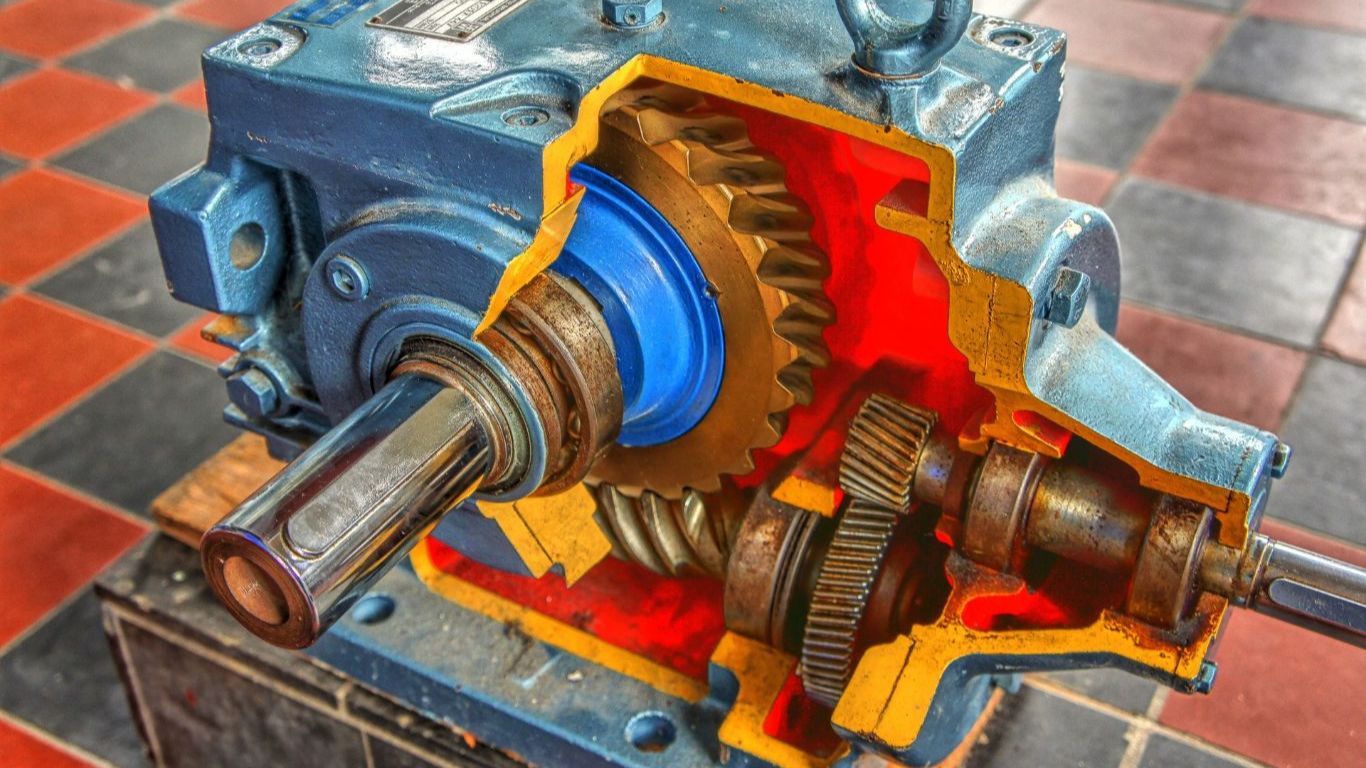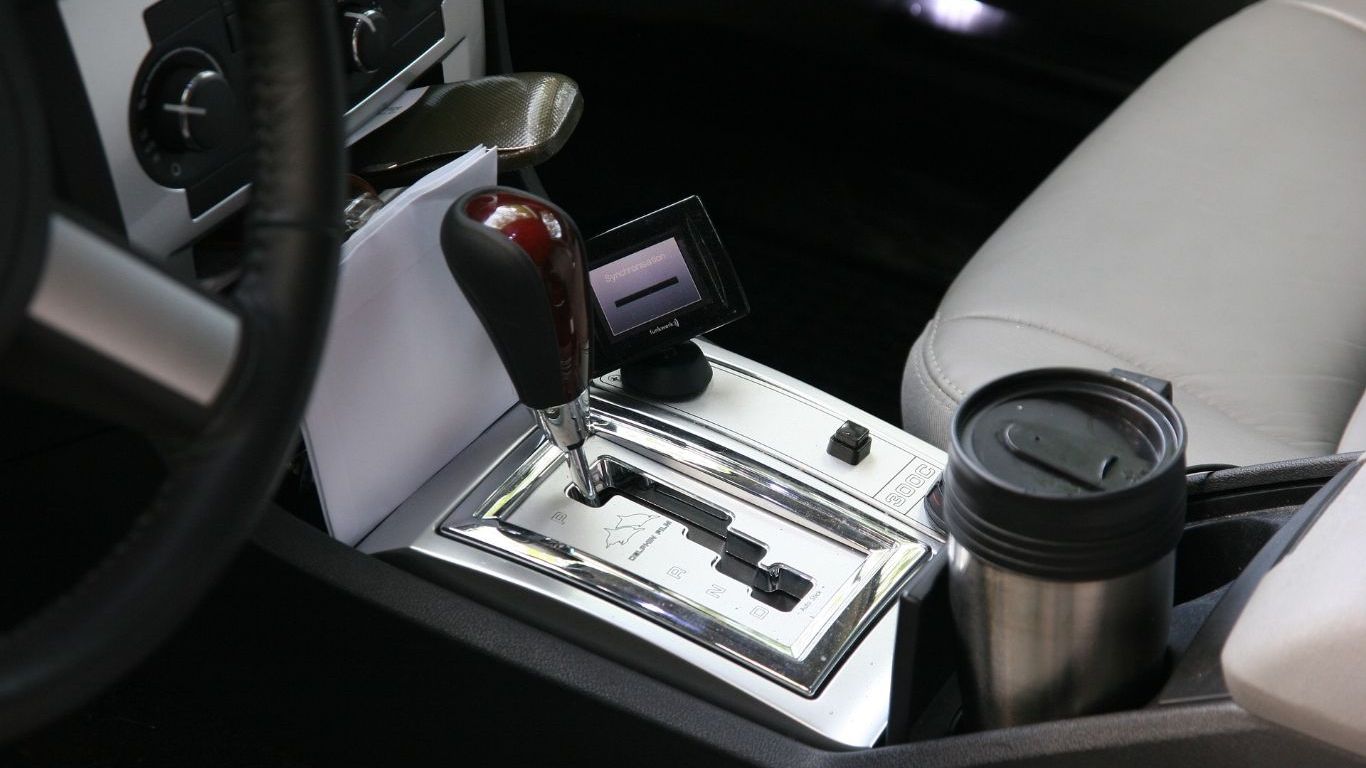A car’s gearbox, whether manual or automatic, is a critical component responsible for translating the engine’s power into motion. However, like any complex mechanical system, gearboxes are susceptible to breakdowns. Understanding the reasons behind gearbox failures can empower car owners to take preventive measures and ensure the longevity of their vehicles.
Although automobiles have been in people’s lives for less than two centuries, they have become an inseparable tool for us. Perhaps there is no other vehicle in human history that has been produced so many times.

We use vehicles in almost different ways to reach everywhere and to carry out our transactions. There are basic parts that make up a vehicle. One of the most important of these is the transmission system. This system is offered as automatic and manual today. The choice of these is currently left to the driver.

Because all companies produce both in almost equal numbers from their production lines. Some classic-loving drivers prefer manual transmission vehicles, while others prefer automatics.
In addition to being two different systems, they both have basically the same task. However, different reasons may arise if they break down. Now let’s look at the reasons for the deterioration of the transmission systems of manual and automatic vehicles, that is, their malfunctions.
Failures in Automatic Transmissions
First of all, before addressing the malfunctions experienced in this gearshift system, it is necessary to look at how it works.

For gear shifts to be automatic, hydraulics and mechanics must work in the same environment. If one of them breaks down, the other will not be able to do its job properly. When examined in general, the biggest cause of the problem experienced in such systems is the sensors. Problems at this point are frequently seen in automatic vehicles.
There may also be problems in the brain of the hydraulic system. In order to avoid such problems, it is necessary to have regular maintenance. Transmission problems are not very common in automatic vehicles. This is because the driver is never in control.
It is often not necessary to take any action other than just shifting the gear forward or backward. Therefore, problems do not depend on the driver. Sometimes, the use of cheap parts by automobile companies can cause malfunctions.
Failures in Automatic Transmissions: A Comprehensive List of Potential Issues
- Sensor Malfunctions: Sensors play a crucial role in automatic transmissions, relaying critical data to facilitate seamless gear shifts. Malfunctioning sensors can disrupt this communication, leading to erratic shifting, hesitation, or even stalling.
- Hydraulic System Glitches: The hydraulic system is integral to automatic transmissions, assisting in gear engagement. A failure in the hydraulic components can result in poor shifting performance, loss of power, or transmission overheating.
- Electronic Control Unit (ECU) Failures: The ECU governs the transmission’s behavior based on various inputs. If the ECU malfunctions, it can lead to improper gear selection, causing the transmission to operate unpredictably.
- Torque Converter Issues: The torque converter is responsible for transmitting power from the engine to the transmission. Problems with the torque converter can lead to slipping, reduced acceleration, and poor fuel efficiency.
- Transmission Fluid Problems: Insufficient or contaminated transmission fluid can lead to inadequate lubrication and cooling, resulting in overheating, increased friction, and eventual transmission damage.
- Solonoid Valve Dysfunction: Solenoids control the flow of transmission fluid to enable gear changes. Faulty solenoids can lead to harsh shifts, gear hunting, and difficulty engaging specific gears.
- Mechanical Gear Component Wear: Despite being an automatic system, mechanical gears can wear over time. This wear can cause grinding, knocking noises, and difficulty shifting between gears.
- Valve Body Malfunctions: The valve body directs the flow of transmission fluid to control gear changes. Issues with the valve body can lead to improper shifts, delayed engagements, and gear slippage.
- Transmission Control Module (TCM) Failures: The TCM manages the transmission based on input from various sensors. If the TCM malfunctions, it can result in incorrect gear selection, erratic shifting, and reduced overall performance.
- Seal and Gasket Leaks: Leaks in seals and gaskets can lead to fluid loss, reducing the transmission’s efficiency and potentially causing damage if not addressed promptly.
- Overheating: Continuous heavy loads, towing, or driving in extreme conditions can lead to transmission overheating. Overheating can accelerate wear and even lead to complete transmission failure.
- Manufacturing Defects: Poorly manufactured or low-quality components used in the transmission system can lead to premature failures and malfunctions.
- Lack of Maintenance: Neglecting regular transmission fluid changes, filter replacements, and overall maintenance can contribute to a range of transmission problems over time.
- Software and Firmware Issues: Modern automatic transmissions often involve complex software and firmware. Bugs or glitches in these systems can cause unexpected behavior, affecting gear shifts and overall performance.
Malfunctions that can be experienced in Manual Transmission
The problems usually experienced by those who prefer manual shifting are due to the mechanical system. Since hydraulics are not used much in these systems, it is normal for all problems to be mechanical. We can easily see this by looking at the structure of the manual system. Gears and clutches build this system.

The first sign of malfunction is the wear of the gears that help gear shifts. This causes problems to appear in the manual transmission. The same situation can be seen in clutches. This can often lead to mechanical problems based on wear.
Intervening in mechanical problems is simpler unless the problem gets too big. However, it is not possible to solve problems in vehicles with automatic systems in a short time. What you need to do to solve the problems, ie malfunctions, will be to go to the transmission masters in the auto industry or take your vehicle to the service.
Failures in Manual Transmissions: A Comprehensive List of Potential Issues
- Worn Gears: Over time, the gears in a manual transmission can experience wear, resulting in grinding, difficulty shifting, and even gear slippage.
- Clutch Problems: The clutch, responsible for engaging and disengaging the engine from the transmission, can suffer from issues like slipping, grabbing, or failure to fully disengage.
- Clutch Cable or Hydraulic System Failures: Manual transmissions use either a cable or hydraulic system to operate the clutch. Failures in these systems can lead to inconsistent clutch engagement and difficulty shifting.
- Synchronizer Ring Wear: Synchronizers enable smooth gear shifts by matching the speed of the gear and the input shaft. Worn synchronizer rings can lead to grinding and resistance during shifting.
- Input Shaft or Output Shaft Issues: The input and output shafts transmit power between the engine and transmission. Damage to these components can result in noisy operation, vibration, and difficulty getting into gear.
- Flywheel Problems: The flywheel helps maintain rotational momentum and engages with the clutch. A damaged or warped flywheel can cause clutch engagement problems and uneven engine operation.
- Release Bearing Failure: The release bearing enables smooth clutch operation. If it fails, it can cause noise when the clutch pedal is pressed, making shifting challenging.
- Leaking Seals and Gaskets: Leaks in seals and gaskets can lead to loss of transmission fluid, affecting lubrication and causing gear shifting issues.
- Misadjusted Clutch Pedal: An improperly adjusted clutch pedal can lead to incomplete disengagement of the clutch, resulting in difficulty shifting and gear clash.
- Excessive Gear Slack: Excessive play in the gears can cause a “loose” feeling during shifts and lead to imprecise gear engagement.
- Broken Shift Forks: Shift forks are responsible for moving gears during shifting. If a shift fork breaks or wears down, it can result in difficulty getting into specific gears.
- Lack of Regular Maintenance: Neglecting maintenance tasks such as clutch adjustments, fluid changes, and inspections can contribute to various manual transmission issues.
- Driver Error: Inconsistent or improper shifting techniques by the driver can contribute to premature wear and tear on transmission components.
- Aftermarket Modifications: Non-standard modifications, such as oversized tires or altered gear ratios, can put additional stress on the transmission and lead to premature failures.
While the transactions are made at a much more affordable price in the auto industry, a slightly more expensive cost will be revealed in the services. Of course, it should be noted that the price difference is related to the warranty to be given.
